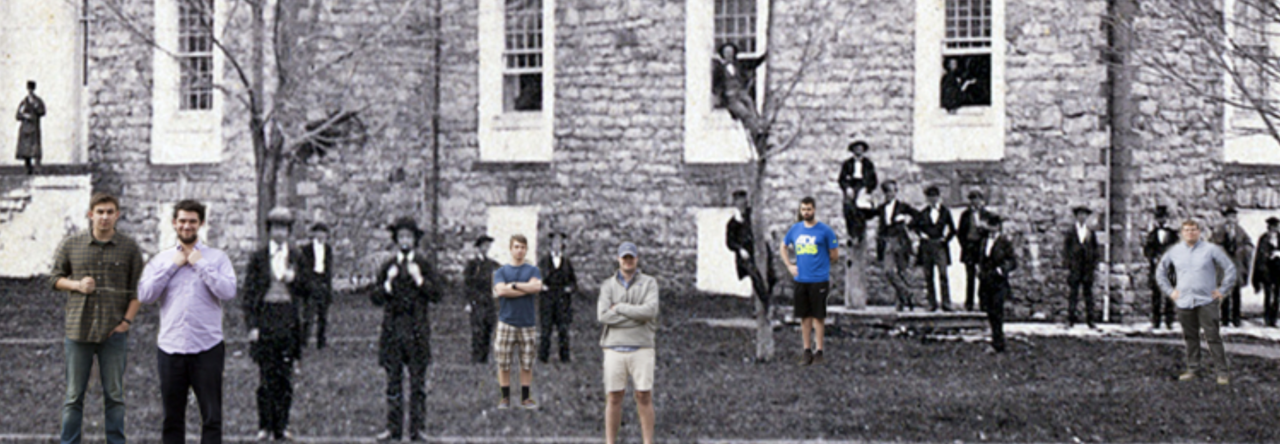Timeline
- 1820 // Missouri Compromise
- 1854 // Kansas – Nebraska Act
- 1855 // (March) Territorial elections in Kansas
- 1855 // (Summer) Free Staters organize in Topeka
- 1855-6 // (Winter) Wakarusa War
- 1856 // (May) Sack of Lawrence and Pottawattomie Massacre
- 1856 // (May) Caning of Charles Sumner
- 1856 // (November) James Buchanan elected president
- 1857 // (December) Buchanan endorses Lecompton Constitution
- 1858 // (May) English Bill passes offering new Lecompton vote
- 1858 // (August) Lecompton referendum fails
- 1861 // Kansas enters union as free state
“Bleeding Kansas was a violent clash over slavery in a place that had few slaves. From the passage of the Kansas-Nebraska Act, the settlement of Kansas Territory had less to do with whether slavery was viable economically in that locale than with the balance of political power between the North and the South, between free labor and slave labor systems. People in both sections convinced themselves that far more was at stake than mere power. They believed that the fate of liberty for the nation and of the honor of their section was under attack. These convictions made resolution of the conflict more difficult and raised the importance of Bleeding Kansas until it became a national crisis.” —Nicole Etcheson
From House Divided Project
The major political parties in the United States both collapsed during the 1850s. The Whigs actually disappeared from American politics, though most of their members (such as Abraham Lincoln) soon reinvented themselves as Republicans. By contrast, the Democratic Party (claiming Thomas Jefferson and Andrew Jackson as guiding spirits) endured but not without significant change. Democrats faced enormous internal upheaval during 1850s, sparked principally by the Kansas-Nebraska Act of 1854. Students should be able to explain why this legislation created such a “hell of a storm” to borrow the words of its author, Senator Stephen A. Douglas of Illinois. They should also be able to summarize how the partisan realignment and what was known as “Bleeding Kansas” altered the national political equation. The story is complicated because in addition to the surging anti-Nebraska movement (which ultimately became the Republican Party), there was yet another powerful grassroots organization that addressed an entirely different controversy. Students should be able to describe the rise and fall of the American or Know Nothing Party. What did these nativists care about and why? How powerful did they become? Why didn’t they become the majority party in the North? One way to answer these questions would be to consider how Dickinson graduate James Buchanan (Class of 1809) won the election of 1856 and how his subsequent feud with Senator Douglas over the so-called “Lecompton Constitution” completed the rupture of the Democratic Party.
